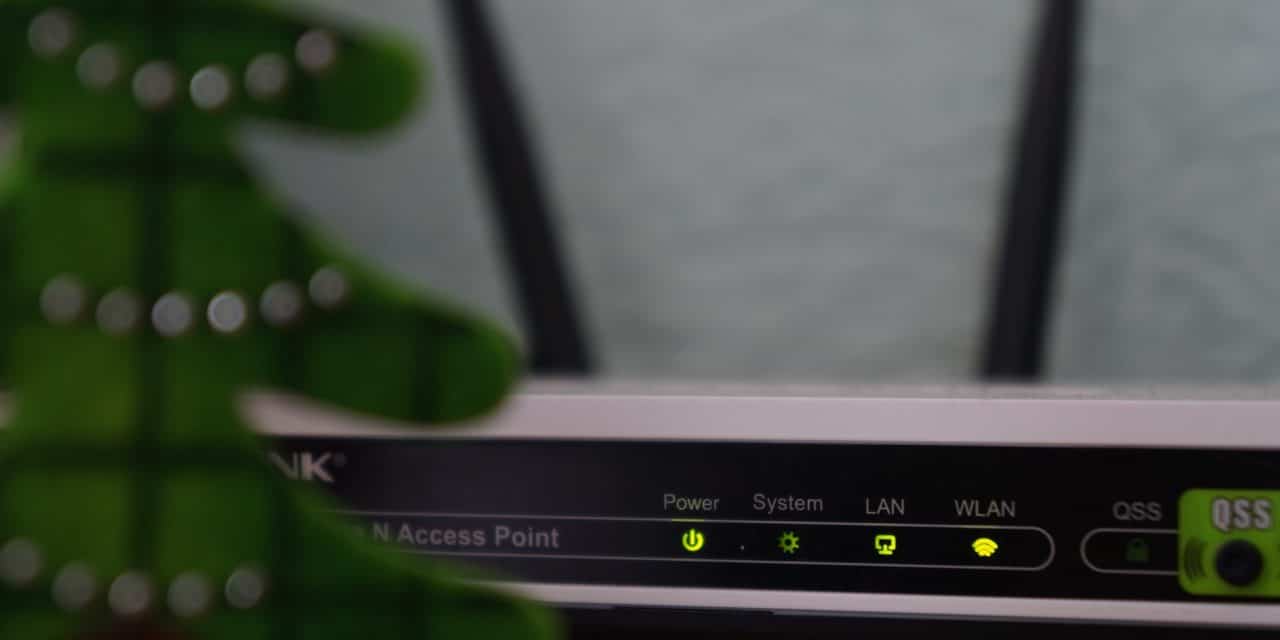[ad_1]
With more and more devices and electronics being designed to make use of wireless networks for network connectivity, it's necessary to evaluate network data cabling before setting up a new device or system in your home or office. In many cases, a network that makes of use physical cabling will be more robust and secure network than a one based upon wireless technology. Read on for a few of the advantages of network data cabling, as well as some of the disadvantages with respect to wireless networks.
Security
One of the primary advantages of network data cabling is that they provide a higher level security than wireless networks. Although measures of security including passwords and protected Wi-Fi networks help to improve the security for wireless networks, they are never as secure as network cabling systems.
Reduced Interference
Proper installation of network data cabling helps to dramatically reduce the interference caused by electrical and radio frequency, known as electromechanical interference and radio frequency interference, respectively. Wireless networks are extremely susceptible to radio frequency interference problems. This is not the case with shielded network data cabling and fiber optic cable.
Consistent Connection
One of the biggest concerns that many wireless network users have is the inconsistency of the connection. As data transfer is performed, a lapse in the network connection caused by a momentary lapse in the wireless signal or electrical interference can effectively negate a great deal of work, slow down the transfer rate considerably, or introduce unacceptable levels of data corruption. Fortunately, network cabling provides a consistent connection that does not suffer from these momentary lapses.
Speed
Although not all network cabling will provide a speedy connection, the newer types of twisted pair data cabling can operate at data rates up to 10 gigabit. Fiber optic cabling transmits light rather than standard data information, making it optimal for high speed usage and extended ranges.
Mobility
One major disadvantage of a network data cabling setup is the mobility while connected to the network. Wireless networks provide excellent mobility for electronic devices because there are no wires to hinder movement, within the range of the transceiver. Unfortunately, users must be directly connected to a network cabling system in order to take advantage of the data transfer possibilities.
Expandability
If more than one physical computer connection is required when physical network data cabling is used, it's normally a simple matter of connecting a router or hub to the network cabling already installed and connecting network devices to the hub or router. Each hub or router can support up to 255 devices.
Wiring Setup
Whereas wireless networks are relatively easy to set up, a physical network data cabling system must be installed prior to use. This means that the cable must be routed and terminated properly at both ends. This normally means obtaining access to crawl spaces and the interiors of walls as well as cutting holes in walls.
[ad_2]
Source by Wayne Connors

